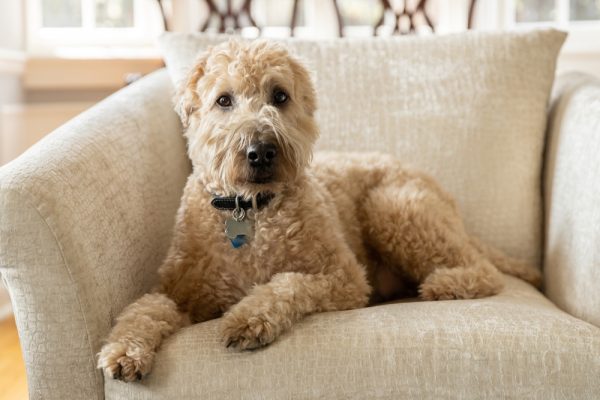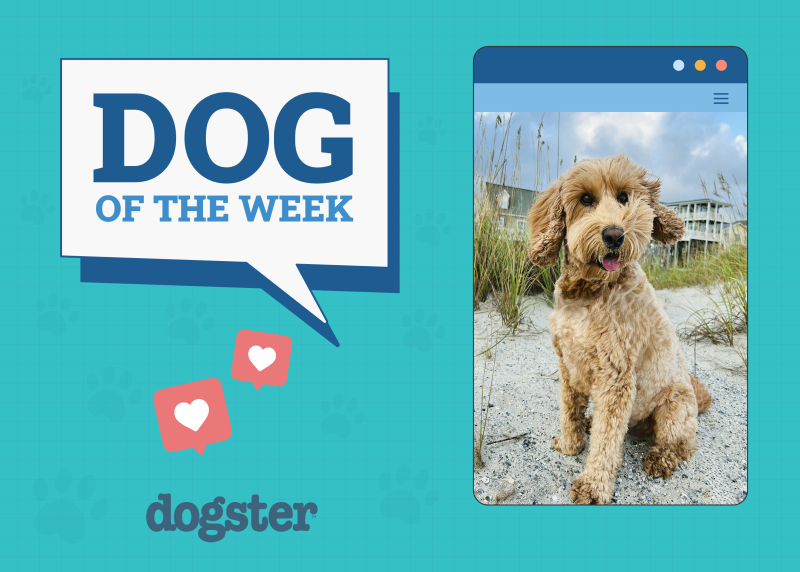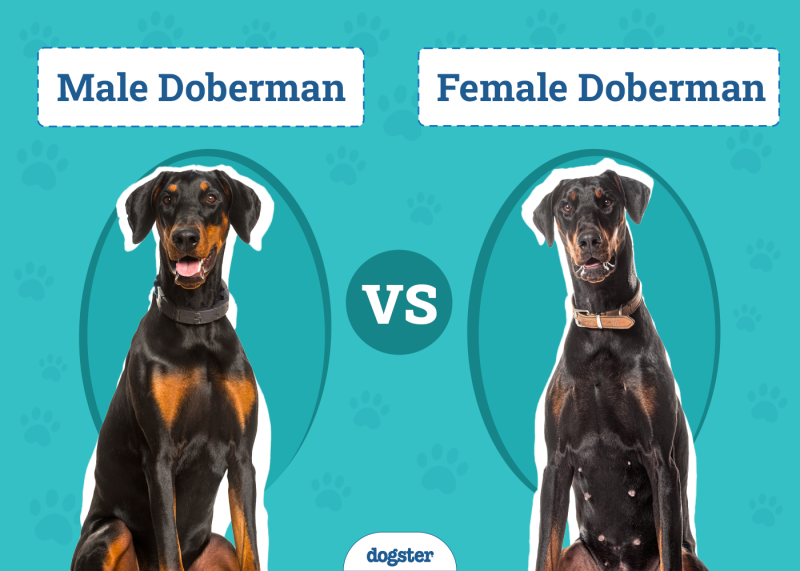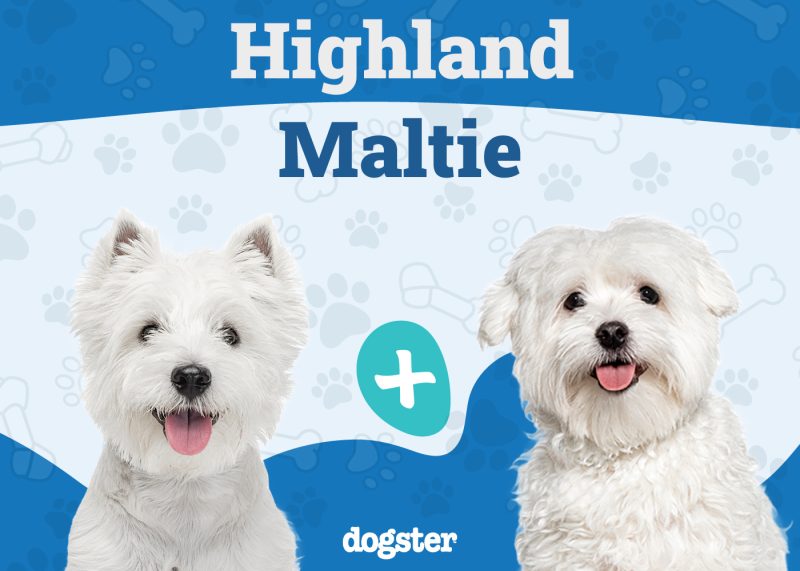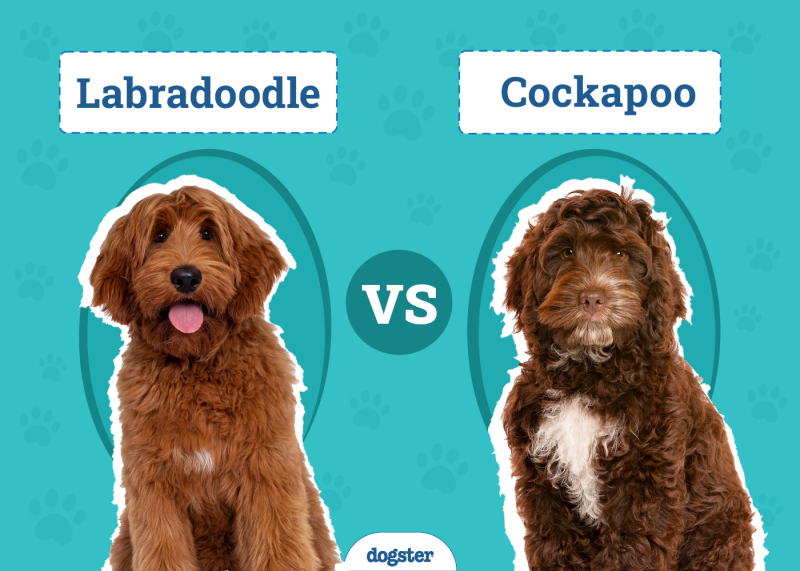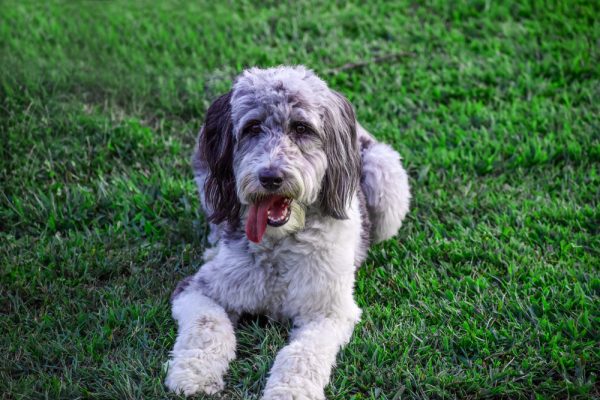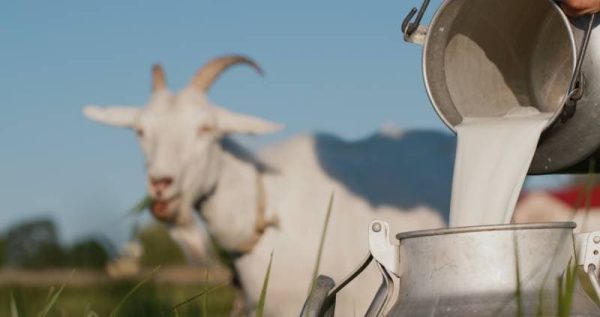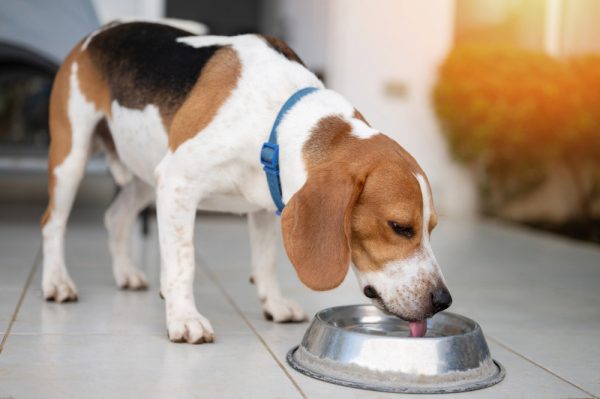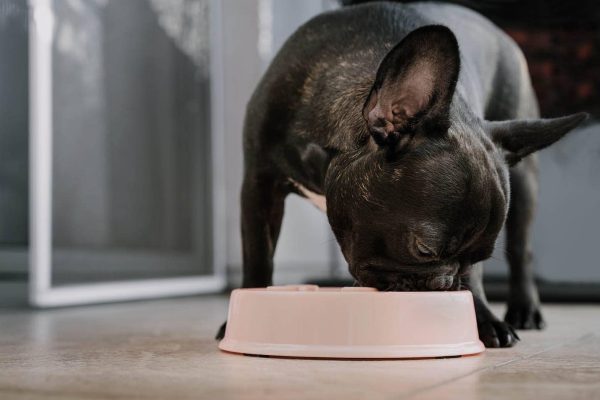Dogs and humans often have different versions of what an enjoyable walk looks like. Humans typically envision going on a continuous leisurely stroll around the neighborhood. In contrast, the ideal walk for dogs often includes making multiple stops and sniffing just about everything. As animals that rely heavily on their noses, sniffing on walks is normal and healthy for dogs.
Of course, there are some cases in which dogs should be kept from sniffing. It’s important to follow safe practices to ensure your dog doesn’t get sick or harmed from getting into something contaminated or unsafe. We’ll go over everything you need to know about dogs sniffing on walks so that you can both enjoy a fun and safe walk together.

Benefits of Dogs Sniffing on Walks
Before you set out on a walk with your dog, it’s important to remember that dogs view walks very differently from humans. For dogs, going on walks is so much more than exercising. It’s a time to explore and gather intel about what’s going on in their neighborhood. Therefore, it’s natural and normal behavior for dogs to stop and sniff frequently when you’re going on walks. In fact, sticking to the sidewalk and walking in a straight line is a very human behavior that isn’t natural for dogs.
A dog’s nose is much more powerful than a human’s nose, as dogs’ noses are up to 100,000 times more sensitive than humans.1 So, it’s no surprise that dogs depend on their noses to navigate and understand the world around them. Dogs also use scents to communicate with each other.
Therefore, letting your dog sniff on walks is an enriching experience for them that comes with significant benefits. Sniffing is a mentally stimulating activity that satiates a dog’s natural curiosity. It’s an essential piece of socializing dogs because it enables them to gather information about a new environment and feel more comfortable. Sniffing has the potential to benefit dogs with anxiety because a slow-paced sniffing walk can boost dopamine release in their brain and put them in a generally positive mood.
Sniffing can also help meet a dog’s social needs. While it seems gross to us, it’s common for dogs to sniff feces and areas where other dogs have urinated. Dogs have anal glands that secrete pheromones, and their urine also contains pheromones. These pheromones contain important information for other dogs, such as whether they have met before, whether they are male or female, and even their mood and health.
Sniffing exercises the brain and your dog can get just as tired out from going on a slow 30-minute sniffing walk as they can from their regular 1-hour fast paced walk, they will also generally be more relaxed when they get home. Distance isn’t always the best metric for exercise when it comes to walking with dogs.

Safety Concerns of Dogs Sniffing on Walks
Of course, there are some safety concerns to consider when allowing your dog to sniff during walks. Dogs can get themselves into some trouble if they’re fixated on following a scent trail. They can step into mud or a patch of thorny weeds. In urban settings, you have to be careful of broken glass and other debris that can harm your dog’s paws. Sniffing can also cause dogs to ingest something dangerous, like chicken bones or spoiled food.
Another safety concern is contracting parasites. Dogs can pick up worm eggs and larvae from contaminated soil, fecal matter or scavenging on raw meat or carcasses which they may have sought out through sniffing. Dogs may also walk into a patch of grass that’s infested by fleas or ticks while following a scent trail.

The 3 Tips for Safe Sniffing on Dog Walks
Your dog will love it if you add sniffing walks to their routine. Here are some safety tips to keep in mind while going on a sniffing walk.

1. Be Alert
Always keep your eyes on the area that your dog chooses to sniff. Look for any dangerous items like food, sharp objects, and trash. Keep your dog from getting too close to any feces they may find because it can be contaminated with parasites. Some dogs can also develop a habit of rolling around in feces and other smelly things they find on the ground.
2. Teach the “Leave It” Command
The “leave it” command is an extremely useful obedience training command that can prevent your dog from touching or ingesting something harmful. It usually takes a long time for dogs to learn because of their tendency to be so curious. However, it can be a life-saving skill for them.
Successfully teaching a dog to leave something untouched requires taking small steps and providing high-value rewards. Teaching the “leave it” command usually starts indoors in areas that aren’t overly stimulating for dogs. It also involves showing dogs that they’ll earn a higher reward if they leave an object alone.
The “leave it” command requires a lot of time and patience. So, don’t hesitate to work with a professional dog trainer if you’re having a challenging time or if you’re not seeing progress with your dog.

3. Stay Updated on Vaccines and Medication
Prevention is the best way to avoid health complications caused by parasites like heartworms, roundworms, fleas, and ticks. Preventative medication acts as an extra shield for your dog as they explore the outdoors and lowers the risk of parasitic infections significantly.
So, make sure to stay on top of your dog’s routine wellness exams to ensure their vaccinations are up to date. Your veterinarian can also recommend what types of heartworm medication and flea and tick medication are best for your dog.

Conclusion
If your dog tends to stop and sniff things too frequently, you can work on training them to make fewer stops or not linger for too long on a scent. It’s also possible to train them to avoid sniffing potentially unsafe objects. However, dogs generally shouldn’t be discouraged from sniffing on walks, as sniffing is a healthy and stimulating activity for them.
Just remember that walking dogs isn’t just about walking a certain distance. There are plenty of scents for your dog to explore and letting them sniff and satiate their curiosity is a great way to prevent boredom and make walks more fun and enriching for them.
Featured Image Credit: Jus_Ol, Shutterstock



